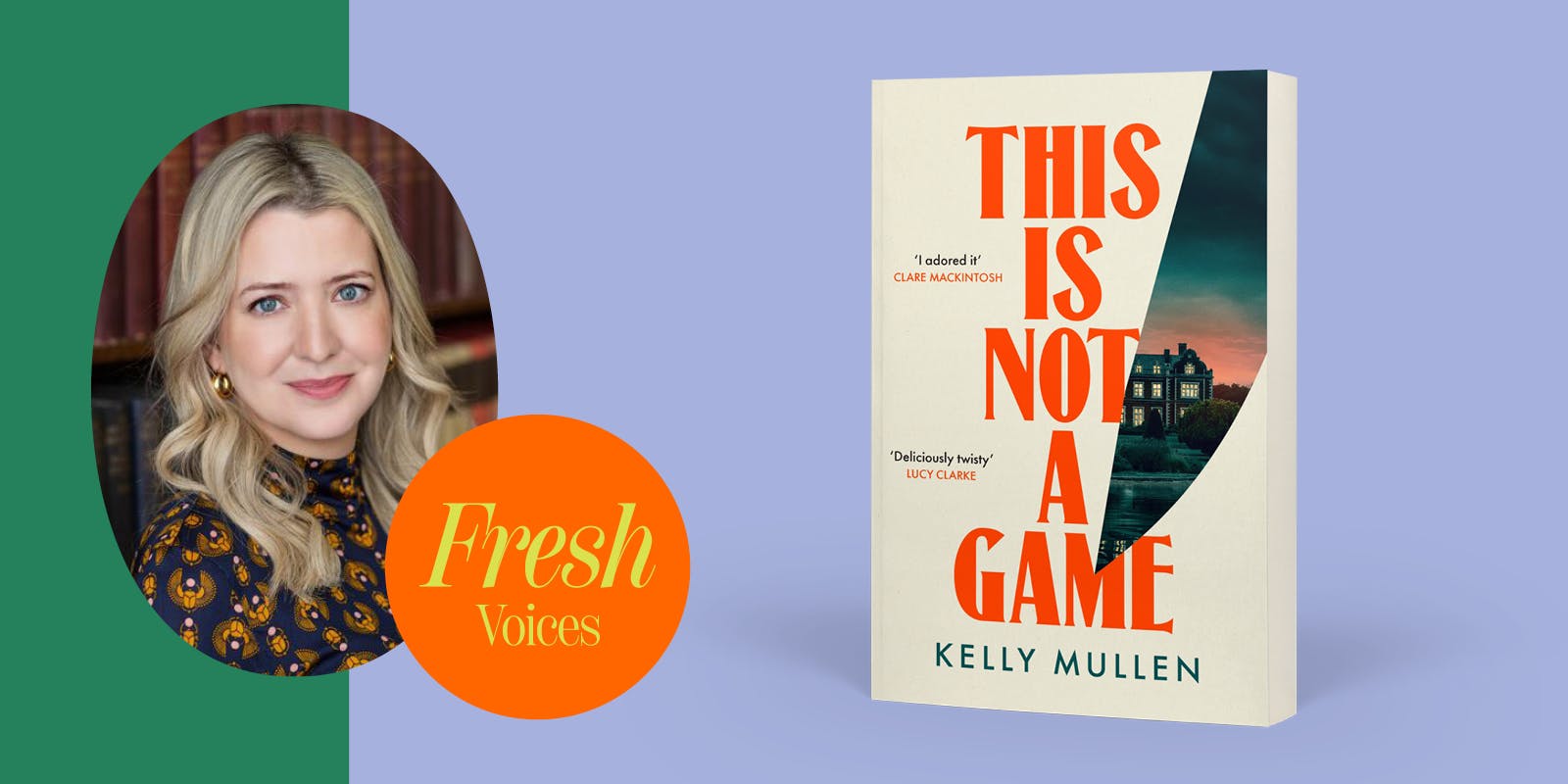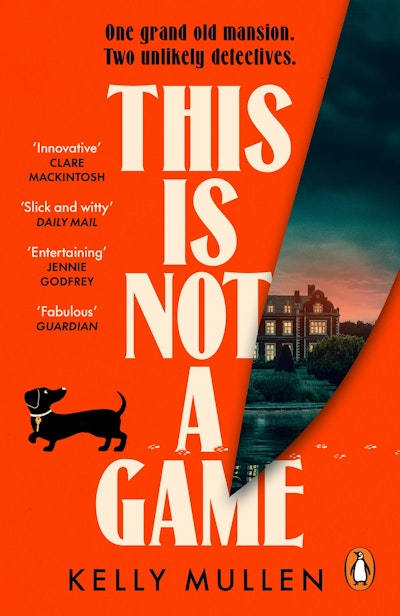The author of This Is Not a Game on what inspired her novel and how a background in production influences her writing.
Where did the idea for This Is Not a Game come from?
A two-week stay at my grandmother’s house during the pandemic sparked the initial idea of a grandmother-granddaughter murder mystery. Additionally, my day job at the time had me working with some of the biggest gaming companies in the world, like Roblox and Epic Games, so I learned about game design through that experience. It occurred to me that there’s significant overlap in the way a detective thinks and the way a game designer thinks, and I wanted to explore that in a novel.
Who was your favourite character to write?
Mimi. Most debuts are autobiographical in nature, and mine is no exception. Mimi is loosely based on my grandmother, but she is also partly me, and she often says things to people that I wish I was able to say out loud!
What kind of research did you do for the book?
I consulted several experts for the game design aspects of the novel. They gave me wonderful feedback that helped me uncover layers of meaning in the story that I didn’t see at first. I also interviewed a Michigan historian for research about Mackinac Island and specifically its Prohibition Era-history, which plays a small role in the novel.
Are there any books/authors/artworks that influenced your writing?
I wanted to create a mystery that felt fresh and modern but also had classic tropes that gave it a vintage quality. Agatha Christie, E. C. R. Lorac, Richard Hull, John Dickson Carr, Josephine Tey and other writers from the Golden Age of Detective Fiction are by far my biggest influences. Of course, other works have inspired me too, most notably Clue, both the movie and the board game.
What’s your #1 tip for aspiring authors?
Let go of your ego and be open to feedback. Rather than being defensive, which is of course a natural inclination for many writers, know that if a reader bumped on something and has a note, it probably means there is an issue. You might not agree with their exact note or suggested fix, but you should look for the ‘note behind the note.’
What is a fact or tid-bit you think might help readers understand your book better?
I’m a producer by trade, so I aim to give readers a cinematic experience – I want them to be right there ‘watching the show from the front row’ as they read along. With this book, I want to create a fun, murder-y atmosphere which is what all of my favourite works in the genre seem to do well.
What surprised you must about the publishing process?
How wonderfully collaborative it is. I was worried it might be dictatorial, but that’s not the case at all. It’s a very respectful, two-way street.
What advice would you give to someone who’s currently working on their own debut novel?
Learn to love the editing process. Your novel will need to go through many edits before you land an agent and even more before you land a publishing deal. When I’m editing, I always make a list of the types of edits I need to do, and then I attack the edits group by group, depending on the mood I’m in that day (some days are character days, other days are plot days, etc.) Editing will take the majority of your time and effort as a professional writer, so find a system that works for you and embrace it.














